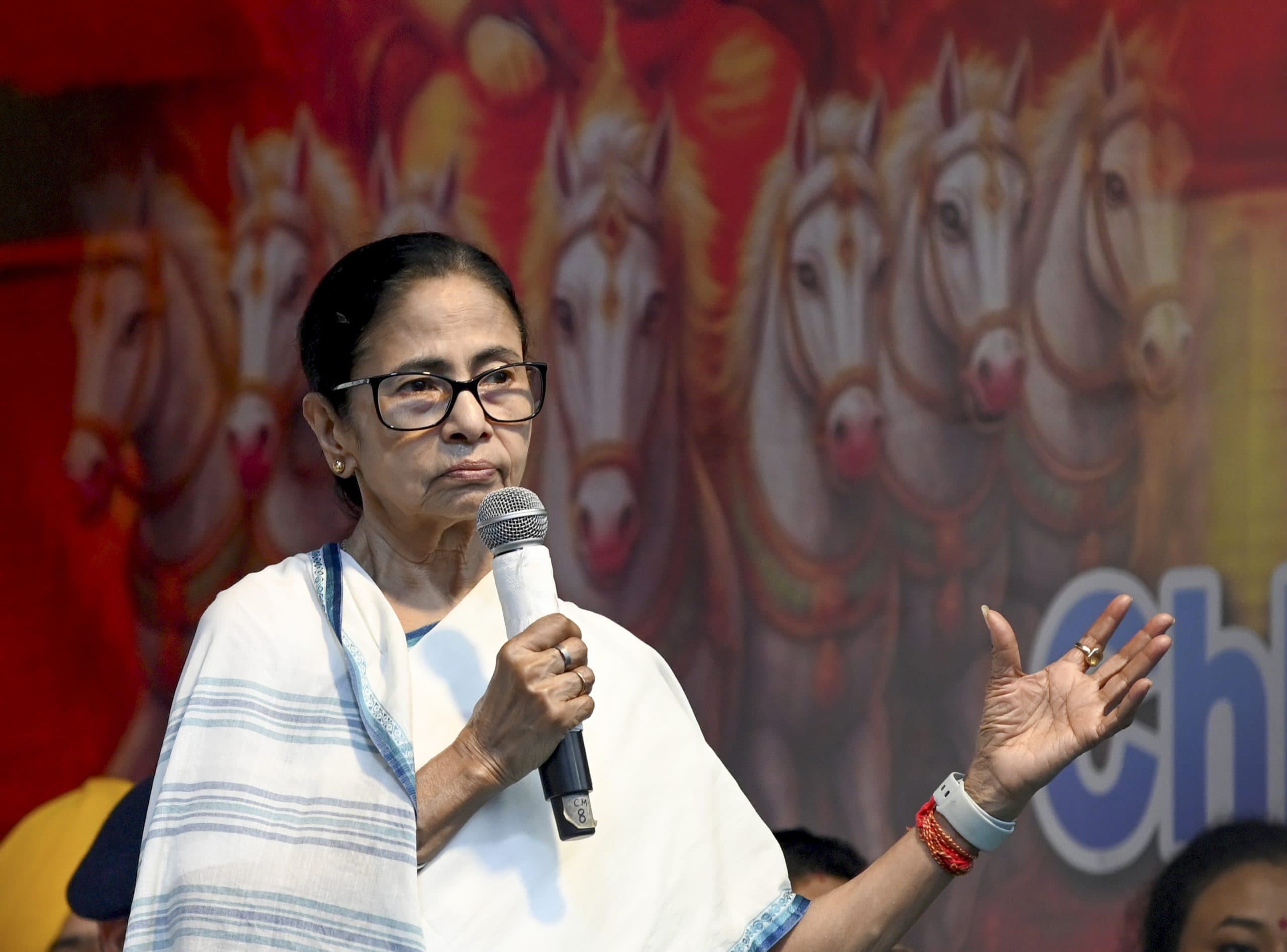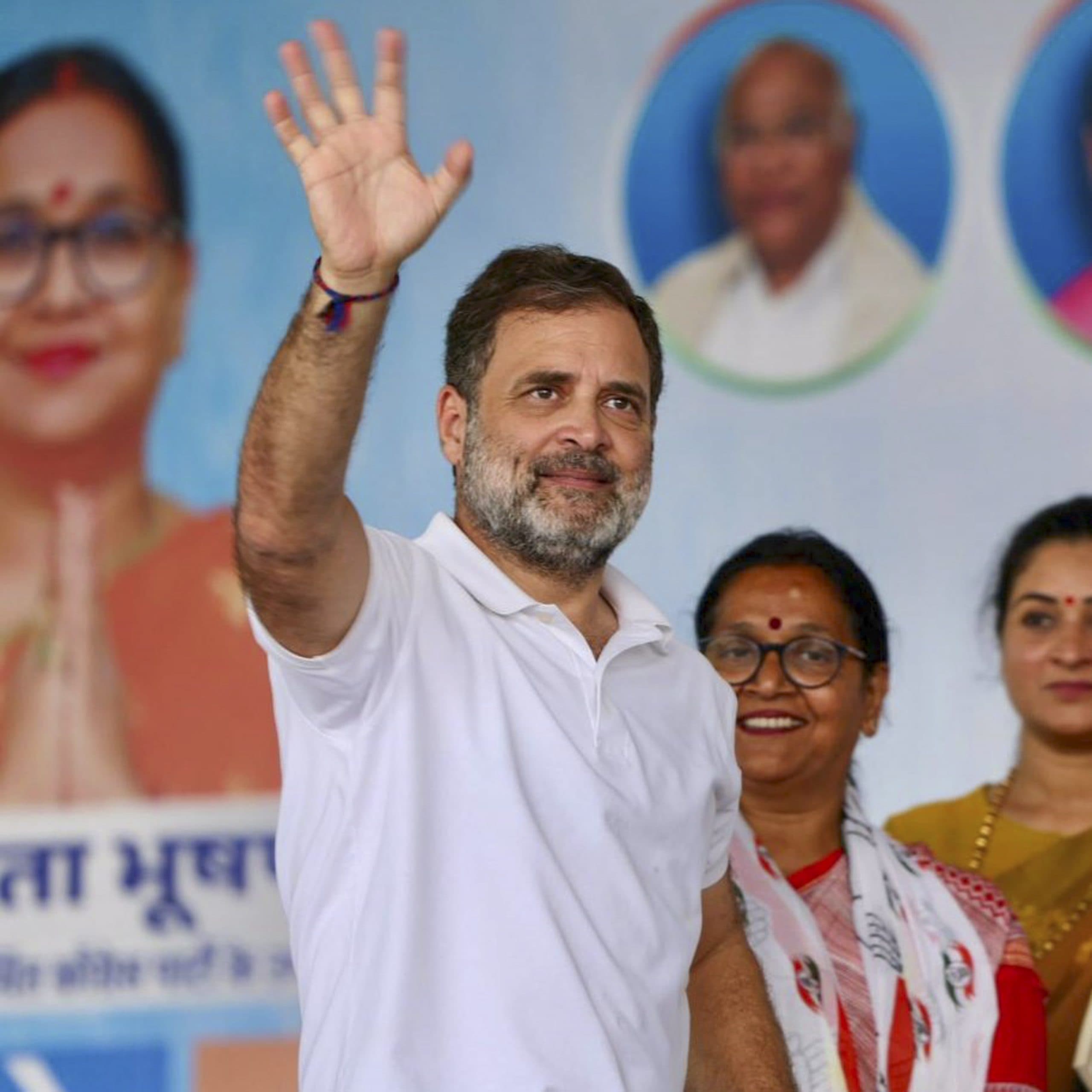The then Chief Justice of India Sanjiv Khanna had written to the president and the prime minister, recommending his impeachment. Khanna sent the letter after an in-house inquiry panel constituted by the apex court indicted Varma, though its findings were not made public.
CJI Khanna had nudged Varma to resign but he had refused, sources said.
An official source, however, added that a formal process for the action against Varma has not begun yet.
Varma has claimed innocence, denying any link to the cash that was discovered following a fire at his outhouse.
Government sources said they would take opposition parties into confidence before moving against Varma, who has faced criticism from political parties across the spectrum.
“A final decision on the matter will be taken soon. It is difficult to ignore such a visible scandal,” a source said.
An impeachment motion could be brought in either of the two Houses of Parliament.
In the Rajya Sabha, at least 50 members have to sign the motion and in the Lok Sabha, 100 members have to support it.
Once the motion is passed with a two-thirds vote in support, the Lok Sabha speaker or the Rajya Sabha chairman writes to the CJI to nominate a sitting Supreme Court judge and a chief justice of a high court for a probe committee.
The government, on its part, nominates an “eminent jurist” to the panel that investigates the charges mentioned in the motion.
The government, the sources said, would like the motion to be supported by all parties and would consult them on the draft of the motion, which will carry the findings of the three-member committee that investigated the discovery of wads of half-burnt cash from the residence of the judge who was then with the Delhi High Court.
He was later repatriated to the Allahabad HC. PTI KR/NAB SKY SKY




